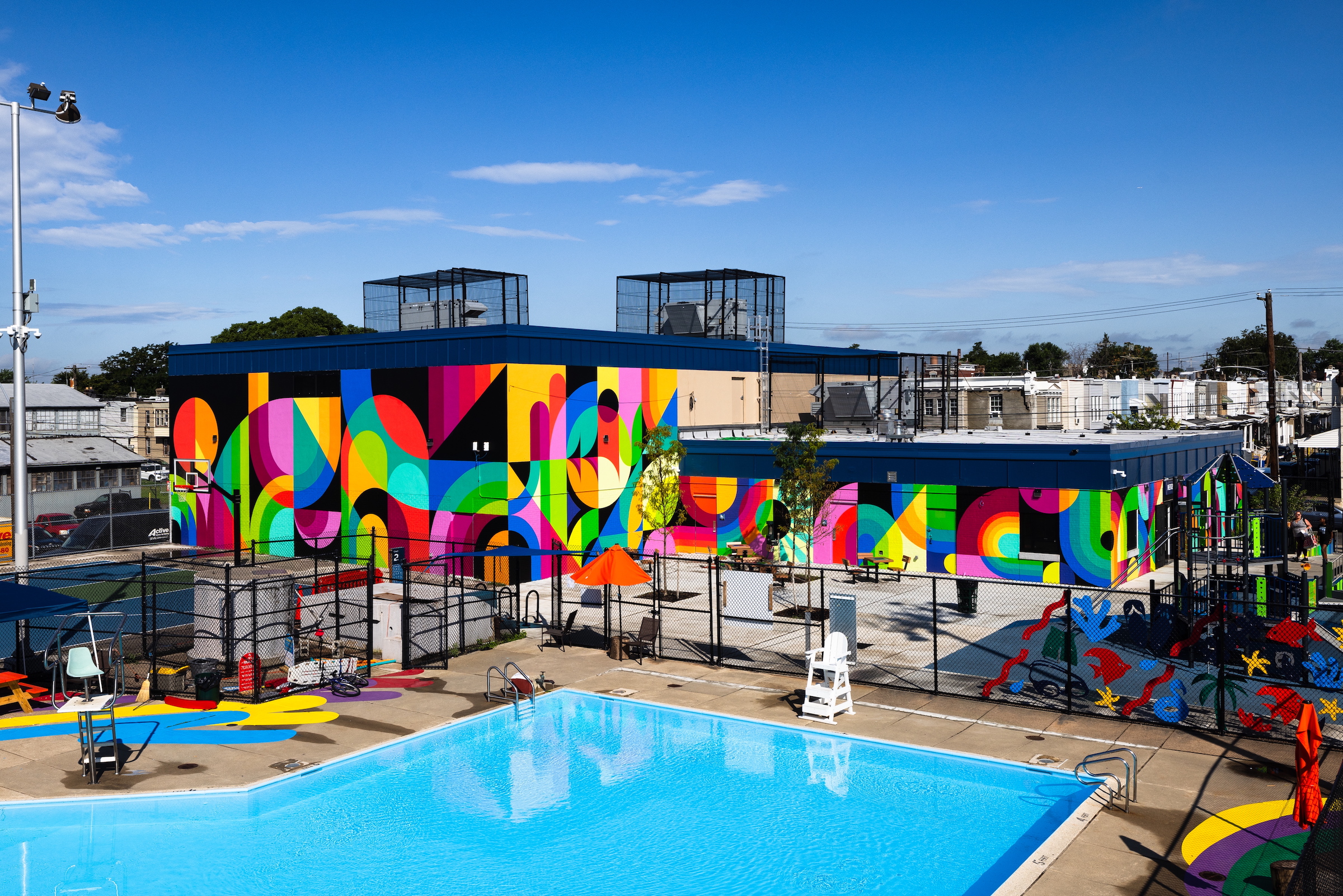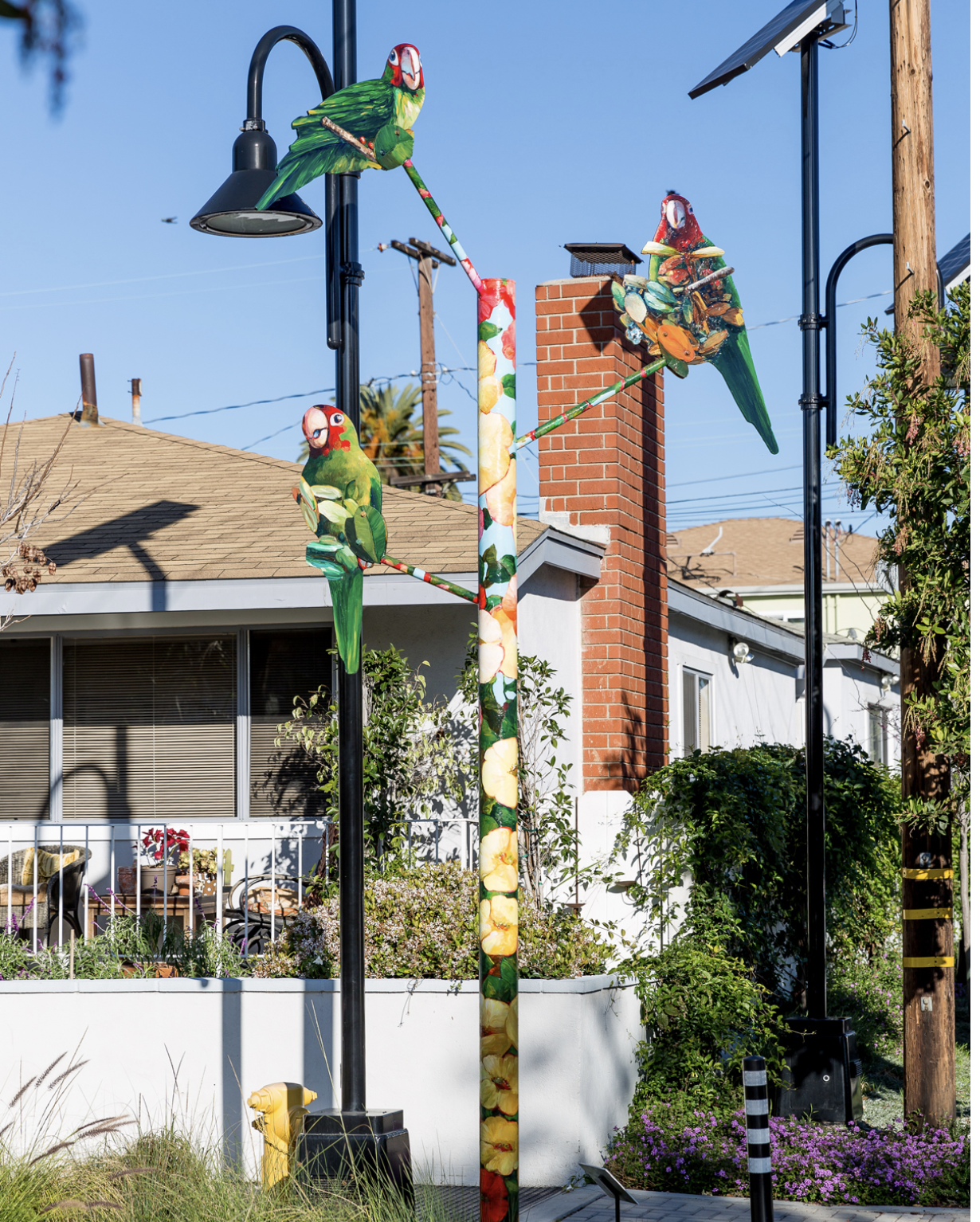
untitled [Heitzman Recreation Center mural by Jessie & Katey] (2023). Mural Arts Philadelphia Collection. Courtesy: Steve Weinik
The Public Art Archive™ (PAA) is a free, continually growing online database of public artworks throughout the U.S. and abroad. The portal is a comprehensive resource providing universal access to discover, explore, and learn more about public art across communities. We invite the public to delve into the complex stories that characterize public artworks as dynamic, interconnected keepers of history, context, and meaning.
Our mission to make public art more public has guided the program’s growth into the largest active database of public art. The system invites artists and organizations to contribute completed public art projects to the online public engagement portal at no cost. By making all projects discoverable on the world’s largest centralized source of public art information, artists and organizations can increase the accessibility and visibility of public art in every community.
Powered by Creative West (formerly WESTAF), a 50-year-old nonprofit arts service organization, PAA was built to serve and support artists, administrators, consultants, planners, educators, researchers, and audiences of all ages and backgrounds.
Your presence on PAA can increase the visibility and reach of your collection to viewers across the world and help make public art more accessible to all audiences. Here are just some of the ways you can do this by collaborating with PAA:
Ask us about our eligibility criteria, which are a key component of PAA’s values-based mission and commitment to inclusiveness and equity.

Exuberant Birds: Parrot Pole (2014). By Lauren Evans and Margaret Lazzari. City of Santa Monica, California Public Art Collection. Courtesy: William Short